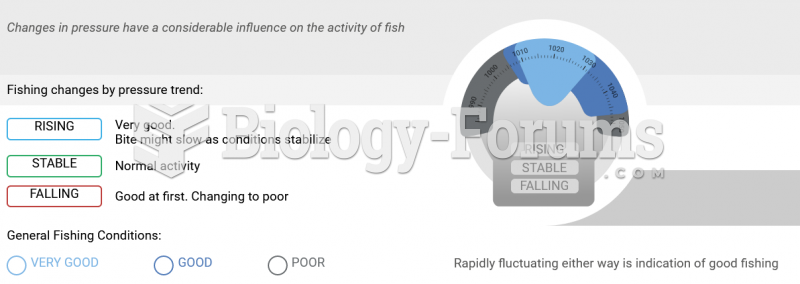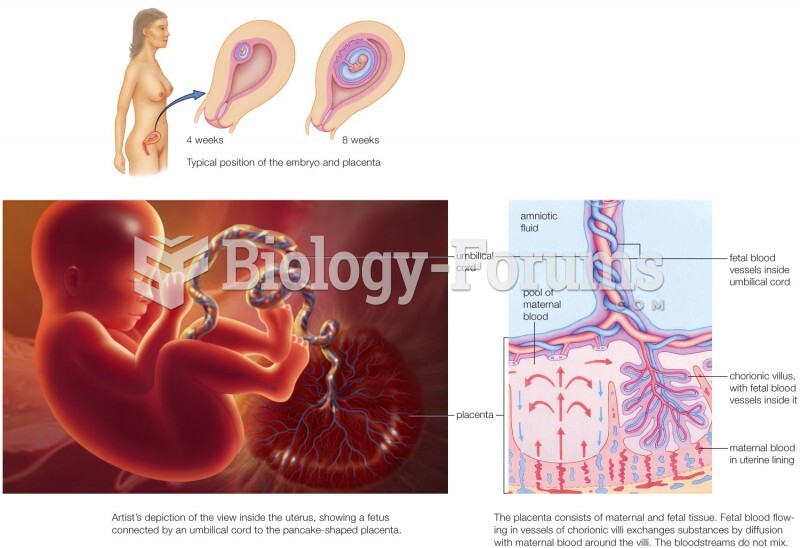Answer to Question 1
ANS: B
A. Incorrect response: See explanation B.
B. Correct response: The tidal volume achieved during PSV is established by the patient. The tidal volume will vary from breath-to-breath depending on the magnitude of the patient's inspiratory effort, compliance, resistance, and PSV level. During pressure support ventilation (PSV), patients will determine their own inspiratory time. Because PSV is a purely spontaneous breathing mode, patients also determine their own respiratory rate.
C. Incorrect response: See explanation B.
D. Incorrect response: The pressure support level is set by the therapist when PSV is initiated. Of course, the level of pressure support can be increased or decreased anytime while the patient is in this mode, depending on the need of the patient. PSV is classified as pressure, flow, or volume triggered, pressure limited, and flow cycled.
Answer to Question 2
ANS: A
A. Correct response: Inspiration is triggered by time on this set of waveforms. Had pressure been the trigger, the pressure tracing would have deflected below the baseline just before the start of inspiration, indicating that the patient exerted an inspiratory effort. Similarly, if flow were the trigger variable, a negative deflection would have been present on the flow waveform immediately before inspiration.
B. Incorrect response: Pressure is not the trigger because the pressure waveform remains at the baseline. If pressure were the trigger, the patient's effort would have caused the tracing to dip below the pressure baseline immediately before inspiration.
C. Incorrect response: Volume is not the trigger variable because adult ventilators.
D. Incorrect response: Flow is not the trigger variable because no continuous flow exists in this system. Continuous flow through the system would be characterized by a flow waveform with an elevated baseline. The flow waveform in this situation starts at zero flow.







